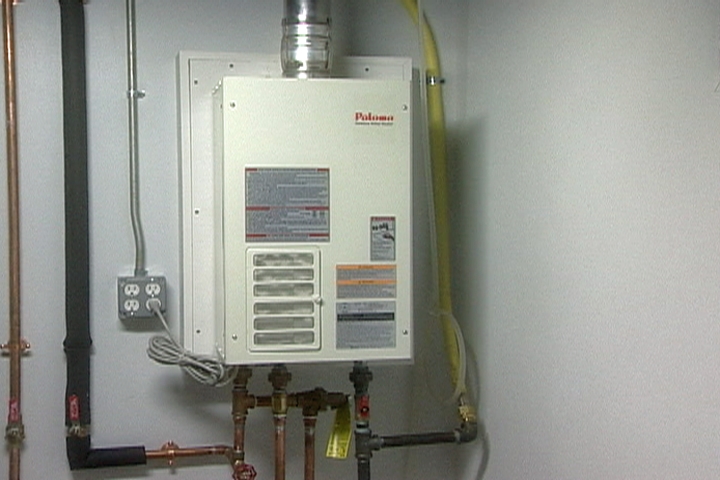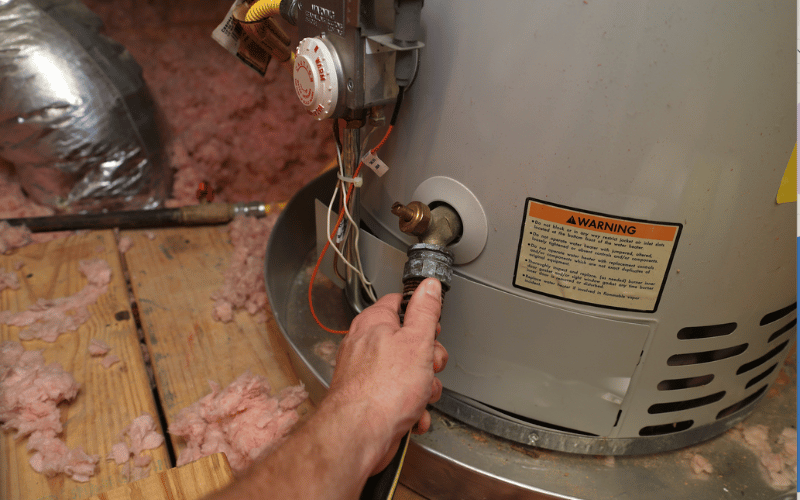Important Care Tips for Your Home's Hot Water SystemSteps to Prolong the Life of Your Home's Hot Water System Through Maintenance
Important Care Tips for Your Home's Hot Water SystemSteps to Prolong the Life of Your Home's Hot Water System Through Maintenance
Blog Article
What are your thoughts about How to Maintain a Hot Water Heater in a Few Simple Steps?

Warm water is vital for day-to-day comfort, whether it's for a revitalizing shower or washing recipes. To ensure your warm water system runs efficiently and lasts much longer, regular maintenance is crucial. This write-up offers sensible suggestions and understandings on exactly how to maintain your home's warm water system to avoid interruptions and expensive repair work.
Introduction
Keeping your home's hot water system may appear daunting, but with a couple of straightforward steps, you can guarantee it runs smoothly for many years ahead. This overview covers everything from understanding your hot water system to do it yourself upkeep tips and understanding when to call professional aid.
Importance of Maintaining Your Hot Water System
Routine maintenance not only prolongs the life expectancy of your warm water system however additionally ensures it runs efficiently. Overlooking upkeep can cause lowered efficiency, higher energy bills, and even premature failure of the system.
Indications Your Warm Water System Demands Maintenance
Recognizing when your warm water system needs attention can avoid major problems. Keep an eye out for indicators such as irregular water temperature, strange noises from the heater, or rusty water.
Flushing the Hot Water Heater
Purging your hot water heater eliminates sediment accumulation, boosting performance and extending its life.
Checking and Replacing Anode Rods
Anode rods protect against deterioration inside the storage tank. Checking and changing them when worn is important.
Complex Issues Calling For Specialist Assistance
Examples include significant leakages, electric issues, or if your water heater is regularly underperforming.
Regular Expert Maintenance Perks
Professional maintenance can consist of complete evaluations, tune-ups, and making certain compliance with safety and security criteria.
Examining and Readjusting Temperature Level Settings
Changing the temperature setups makes sure optimal efficiency and safety.
DIY Tips for Upkeep
You can perform a number of upkeep tasks on your own to keep your hot water system in leading condition.
Looking for Leakages
Routinely check pipelines and connections for leakages, as these can cause water damage and greater expenses.
Comprehending Your Warm Water System
Prior to diving into upkeep tasks, it's helpful to comprehend the standard components of your warm water system. Commonly, this includes the hot water heater itself, pipes, anode poles, and temperature controls.
Regular Monthly Maintenance Tasks
Regular regular monthly checks can help capture small issues prior to they rise.
Checking Stress Relief Valves
Evaluating the stress safety valve ensures it works appropriately and prevents too much pressure accumulation.
Shielding Pipes
Insulating hot water pipes minimizes warmth loss and can conserve energy.
When to Call a Specialist
While DIY maintenance is beneficial, some problems call for specialist knowledge.
Final thought
Normal upkeep of your home's warm water system is essential for effectiveness, durability, and price savings. By complying with these suggestions and recognizing when to look for expert help, you can make sure a trusted supply of hot water without unforeseen disturbances.
How to Maintain an Instant Hot Water Heater
Before tinkering with your hot water heater, make sure that it’s not powered on. You also have to turn off the main circuit breaker and shut off the main gas line to prevent accidents. Also turn off the water valves connected to your unit to prevent water from flowing into and out of the appliance. 2. When you’re done, you have to detach the purge valves’ caps. These look like the letter “T” and are situated on either side of the water valves. Doing so will release any pressure that has accumulated inside the valves while at the same time avoid hot water from shooting out and burning your skin. 3. When the purge valves’ caps are removed, you have to connect your hosing lines to the valves. Your unit should have come with three hoses but if it didn’t, you can purchase these things from any hardware or home repair shops. You can also get them from retail stores that sell water heating systems. Read the user’s manual and follow it to complete this task properly. When the hosing lines are connected, open the purge port’s valves. 4. You should never use harsh chemical cleaners or solutions when cleaning your unit. Make use of white vinegar instead. It should be undiluted and you’ll probably use about 2 gallons. 5. Now flush your water heater. This task should probably take about 40 minutes. We can’t give you specific directions for this because the procedure is carried out depending on the type, model and brand of your heater. With that being said, refer to the user’s manual. 6. When you’re done draining the unit, you have to turn off the purge port valves again. Remove the hosing lines that you earlier installed on each of the water valves. Put the valve caps (purge port) back in their respective places and be very careful so as not to damage the rubber discs that are found inside these caps. 7. Now that everything’s back in place, check your user’s manual again to find out how to reactivate your water heating system. 8. Once it is working, turn one of your hot water faucets on just to let air pass through the heater’s water supply pipes. Leave the tap on until water flows smoothly out of it. https://www.orrplumbing.com/blog/2014/september/how-to-maintain-an-instant-hot-water-heater/

Hopefully you enjoyed reading our article about How to Maintain Your Water Heater & Prolong its Life. Thank you for finding the time to read our piece. If you appreciated our page kindly consider to pass it around. We thank you for your readership.
Book Service Report this page